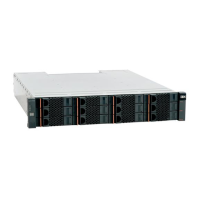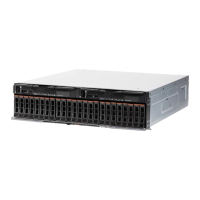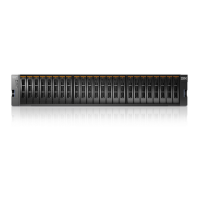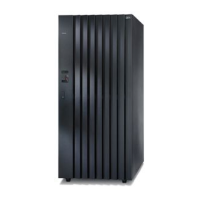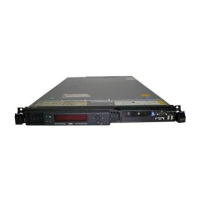Chapter 3. Volume Management
The following sections describe the XIV Command Line Interface (XCLI) for
volume management. Other commands that are relevant to this topic are: Listing
Volumes, Renaming a Volume, Moving a Volume between Storage Pools .
See also:
v Volume Snapshot Management
v Consistency Group Management
v Storage Pool Management
The sections are listed as follows:
v reservation_clear(Clears reservations of a volume.)
v reservation_key_list(Lists reservation keys.)
v reservation_list(Lists volume reservations.)
v vol_by_id(Prints the volume name according to its specified SCSI serial number.
)
v vol_copy(Copies a source volume onto a target volume.)
v vol_create(Creates a new volume.)
v vol_delete(Deletes a volume.)
v vol_format(Formats a volume.)
v vol_list(Lists all volumes or a specific one.)
v vol_lock(Locks a volume so that it is read-only.)
v vol_rename(Renames a volume.)
v vol_resize(Resizes a volume.)
v vol_unlock(Unlocks a volume, so that it is no longer read-only and can be
written to.)
The following commands are no longer in use:
v vol_clear_keys (Command is no longer in use in this version. Supplanted by
new command reservation_clear.)
Clearing Reservations of a Volume
Clears reservations of a volume.
reservation_clear vol=VolName
Parameters:
Name Type Description Mandatory
vol Object name Name of the volume to
clear reservations of.
Y
Clear reservations of a volume.
Example:
37
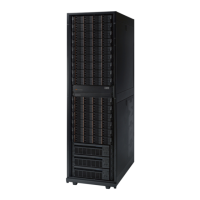
